WONDERCABINET : Lawrence Weschler’s Fortnightly Compendium of the Miscellaneous Diverse
WELCOME
Walter Benjamin and the Angel of History in Berlin; and A Miracle, A Universe: Settling Accounts with Torturers in Brazil (Part Two).
* * *
The Main Event
BERLIN ARTWALK:
Walter Benjamin and the Angel of History
My recent fortnight in Berlin was replete with its usual share of artwalk splendors—the permanent display of room after room of paintings by the incomparable Adolph Menzel at the Alte Nationalgalerie (though actually not so incomparable as all that, Michael Fried in his book on the artist has suggested that Menzel was one of the three great masters of nineteenth century realism, being to Prussia what Courbet was to France and Eakins to the United States, which seems about right to me), and then opening night of the rapturous and rollicking retrospective of the Brazilian midcentury modernist Lygia Clark at the Neue Nationalgalerie—but for my money, the most surprising and splendid revelation and my own nominee for this month’s International Best in Show, was a little one-room jewelbox of an exhibit tucked into a side alcove at the Bode Museum at the very tip of the city’s Museuminsel. Focusing on Walter Benjamin and the Angel of History, it was presented as the museum’s contribution to the citywide commemoration of the 80th anniversary of the end of the Second World War this past May, and under the exquisite curation of Neville Rowley, launched out from an evocation of the eminent Berlin flaneur/philosopher/historian/critic/theorist/rhapsode’s curious fascination with a tiny painting by his friend Paul Klee, which he himself owned, carrying it with him wherever he went into exile after 1933, though hiding it in the vaults of Paris’s Bibliotheque National alongside some final manuscripts, just as he was leaving there in 1940, with instructions that, should he himself not make it out alive, which as we know, tragically, he did not, the pieces should be passed along to his friend since childhood, the great Palestine-based historian of Kaballah, Gershom Scholem. (Scholem himself eventually contributed the Klee to the Israel Museum in Jerusalem, from which it is on rare loan to this show.)
I call that fascination “curious’ because Benjamin seemed to extract an awful lot more out of Klee’s little aquarelle than Klee himself may have realized he was putting in there, or maybe not (you decide for yourself), but in any case what that long-studied little image pulled forth from out of Benjamin is both extraordinary in itself, and extraordinarily poignant in the context of what was to follow.
On the assumption that the exhibit will likely not be traveling (even though I fondly wish it would) and that most Cabineteers will not have occasion to make it to Berlin before it closes on July 13, I take the liberty of providing you with an array of iPhone snaps of the show, along with some of its wall texts.
(Note the punumbra of attention, the square reflection of the glass containing the Klee painting onto the ground before it, bathing the viewer in a sort of aura of presence.)
Among the manuscripts Benjamin composed during his final months in Paris in 1939-40 were his Theses on the Concept of History, of which the Ninth Thesis reads as follows, beginning with a stanza from a poem Scholem had given him years earlier (my photo of the wall label was out of focus, but here is the text itself):
IX.
My wing is ready for flight,
I would like to turn back.
If I stayed timeless time,
I would have little luck.
— G. ScholemA Klee painting named Angelus Novus shows an angel looking as though he is about to move away from something he is fixedly contemplating. His eyes are staring, his mouth is open, his wings are spread. This is how one pictures the angel of history. His face is turned toward the past. Where we perceive a chain of events, he sees one single catastrophe which keeps piling wreckage and hurls it in front of his feet. The angel would like to stay, awaken the dead, and make whole what has been smashed. But a storm is blowing in from Paradise; it has got caught in his wings with such a violence that the angel can no longer close them. The storm irresistibly propels him into the future to which his back is turned, while the pile of debris before him grows skyward. This storm is what we call progress.
And here are two holograph versions, handwritten in French and typed in German.
Off to one side of the vitrine including the Benjamin Angel of History holographs, the curator has included Richard Petersen’s devastating 1945 photo of the devastation of Dresden, as viewed to the south from the top of the town’s city hall tower
To the other side of the Benjamin manuscripts, the curator included another seminal German angel image.
The show then opened out onto a sequence of other Berlin angels, touched by or touching on the war and its aftermath.
Giambattista Bregno’s Kneeling Angel (1510) from before the war, and what survived.
(I love the way the angel is gently guiding the barefoot, dirty-soled, peasant Matthew in his painstaking iteration of what is essentially, apparently, a gibberish Hebrew. The church leaders who had commissioned a young Caravaggio to do three scenes from the life of St Matthew, the author of the gospel, for the Contarelli Chapel of the San Luigi dei Francesi Church in Rome, however, were not similarly taken with this piece—they did not cotton to the image St Matthew as a stammering, dirty-soled peasant—and rejected the canvas, which is how it eventually ended up in Berlin, with Caravaggio subsequently producing a version much more to their liking, and for what it’s worth, much less to mine. Having said that, the Contarelli paintings were Caravaggio’s first public commission, and the alternative version definitely helped launch his soaring subsequent career, so what do I know.)
The show culminates with a montage of scenes from Wim Wender’s Berlin masterpiece, Wings of Desire (German name: Der Himmel über Berlin, which is to say Heaven Over Berlin).
A tight, smart, heartrending little show.
*
TWO POSTSCRIPTS
1) As it happens, last month Wim Wenders himself released a tight, smart, heartrending short documentary of his own, commemorating the eighty years since the war, featuring himself, as it were, as the Angel of History, looking back on the surrender talks, in an ordinary little schoolhouse in Reims, that actually brought the war to an end, and the eighty years of peace since then, and then, ever so subtly, how the War in Ukraine has itself been bringing that sweet time of surcease to an end.
2) And of course, the other shadow hanging over the entirety of the Berlin Benjamin show is the specter of Gaza, photos of whose devastation uncannily mirror those of Dresden and Berlin from eighty years ago.
Only, of course, there in Gaza the damage has been far more thorough-going: indeed, as of April of last year, Israel had already dropped more than 70,000 tons of bombs on Gaza (a narrow strip roughly the size of Philadelphia or Detroit),exceeding the amount dropped on Dresden, Hamburg and London combined during the Second World War.
Not that this is the sort of observation that gets countenanced amidst the toxically philo-Semitic strictures that bound the limits of public conversation in Germany today, or for that matter across many college campuses back in America.
* * *
The Main Event
SETTLING ACCOUNTS WITH TORTURERS IN BRAZIL
(PART TWO of a three-part miniseries)
Those of you who were with us last week will know that we are in the middle of revisiting an extended treatment I composed almost thirty years ago for a movie, a sort of true life human rights caper film (Missing meets Oceans Eleven) to be based on my 1987 New Yorker reportage on “A Miracle, A Universe,” the miracle having been how a tightknit group of former torture victims in Brazil, faced with the military’s lavishing of a full amnesty upon itself for any crimes of torture, disappearance, murder or the like in the years since its US-backed coup in 1964 (along with a further ban of any sort of discussion of same), undertook an extremely (mortally) dangerous, top-secret, painstakingly longterm, entirely nonviolent scheme to get even with their torturers by publishing an account, in the military’s own words, based on documentation smuggled out of the regime’s own archives, a project which somehow they eventually pulled off, one hundred percent. You will also recall how I now feel that the story (alas, as pertinent as ever, if not even more so) might work better as a three-part miniseries, some streamer’s Brazilian-American coproduction.
So this week we are at Part Two of the-three part series. The best way to catch up is likely just to go back to last week’s Part One. But suffice it to say that under the extremely confidential auspices of Paulo Evarista Cardinal Arns, the Archbishop of Sao Paulo, and Reverend Jaime Wright, the American missionary son and head of the Presbyterian Church USA (himself in search for news of his own disappeared activist brother), a small band of onetime regime victims and now secret co-conspirators (most of whom we met across a chronological series of short vignettes limning the contours of regime violence at the start of our story last week) begin to execute their audacious plan.
Part Two begins like this:
That night, back at the curia.
Jaime Wright takes the Cardinal out on the balcony (out of range of any possible listening devices) to brief him on the VW proposal, continually apologizing for perhaps having taken too much for granted and assuring his eminence that he is of course in no way bound by any of their hyperventilations. Arns smiles all the while,
and continues here, and we will conclude with Part Three next week…
* * *
ANIMAL MITCHELL
Cartoons by David Stanford, from the Animal Mitchell archive
animalmitchellpublications@gmail.com
* * *
OR, IF YOU WOULD PREFER TO MAKE A ONE-TIME DONATION, CLICK HERE.
*
Thank you for giving Wondercabinet some of your reading time! We welcome not only your public comments (button above), but also any feedback you may care to send us directly: weschlerswondercabinet@gmail.com.
Here’s a shortcut to the COMPLETE WONDERCABINET ARCHIVE.

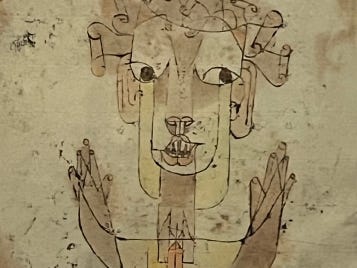




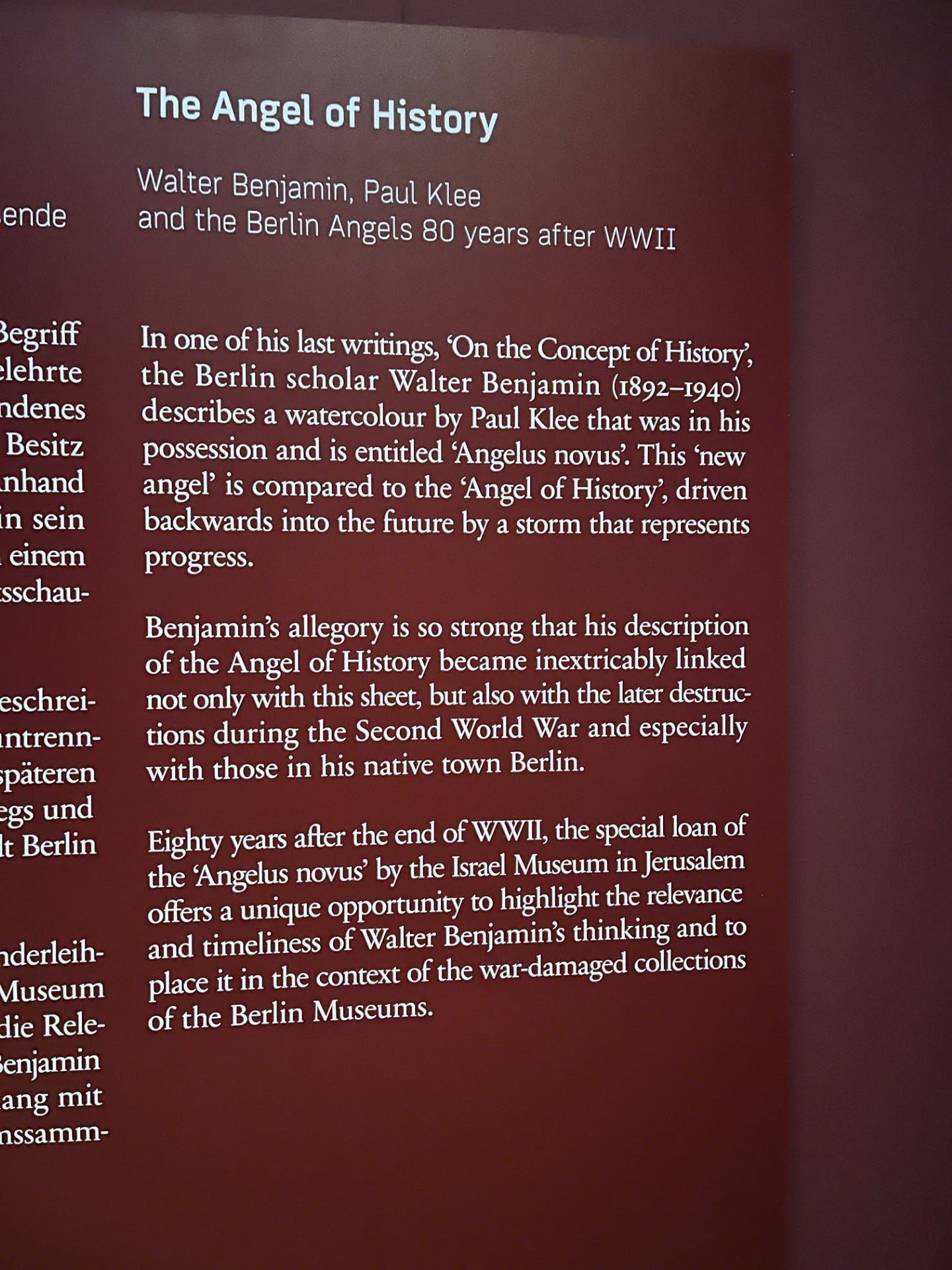
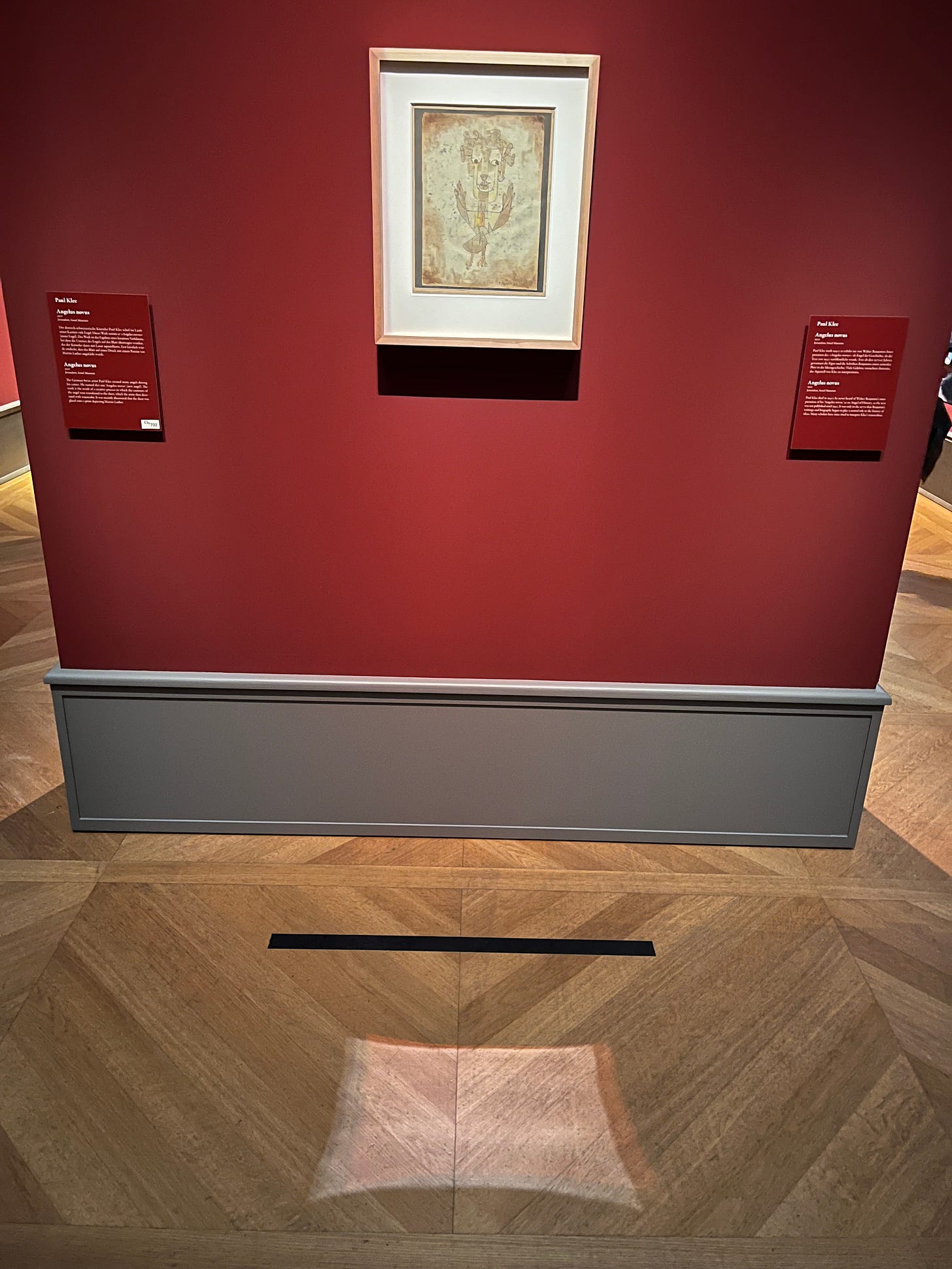
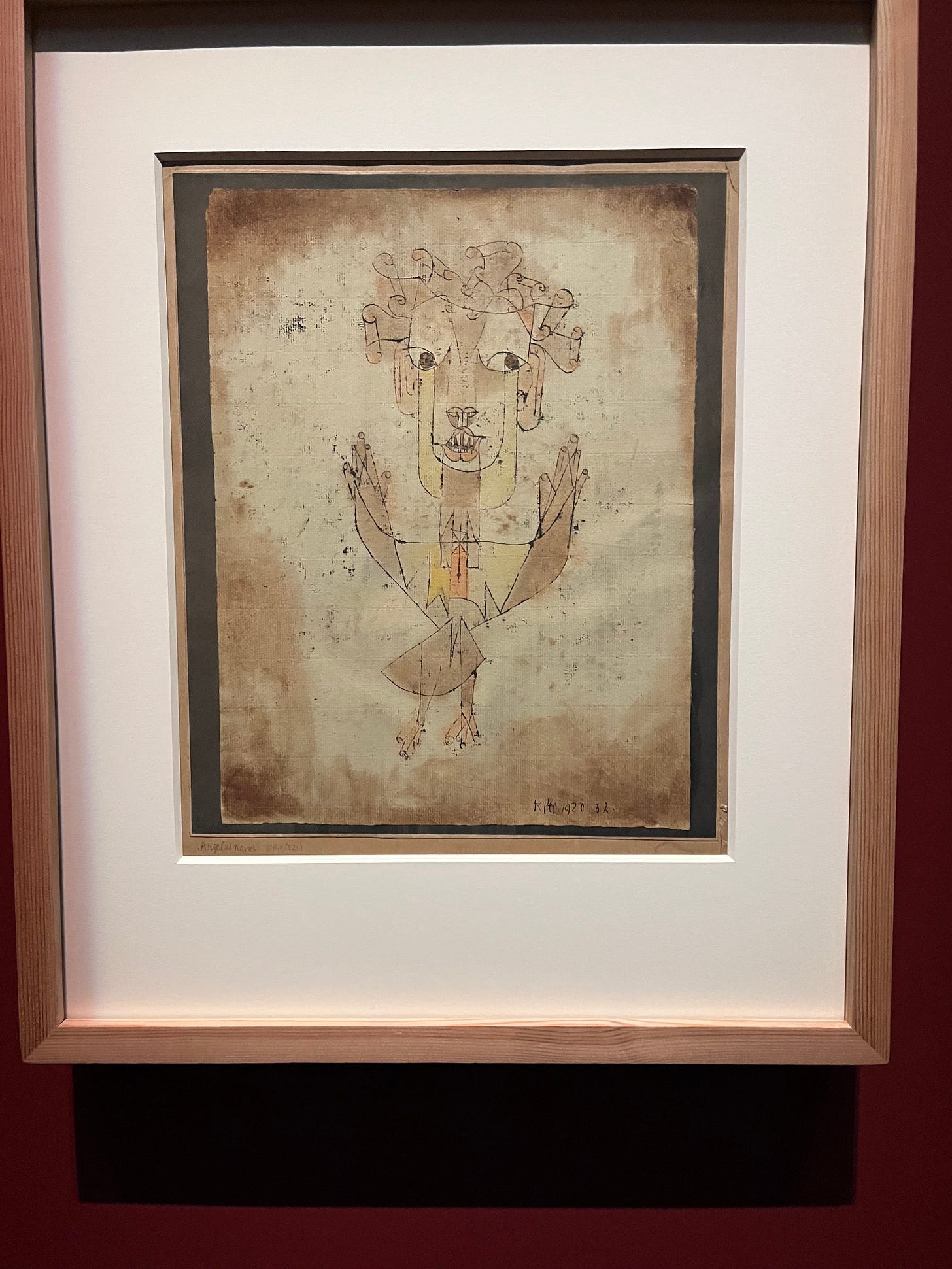
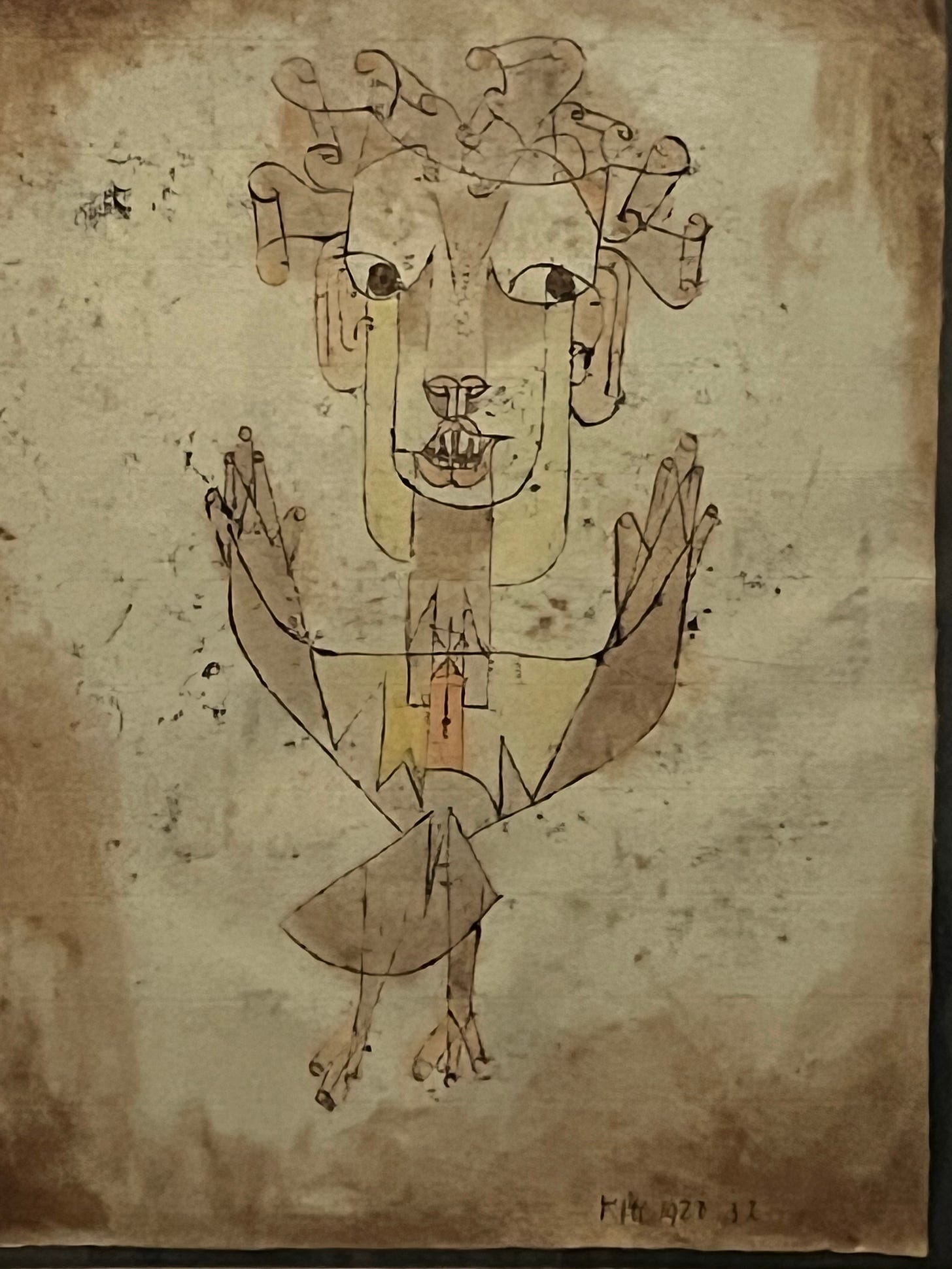

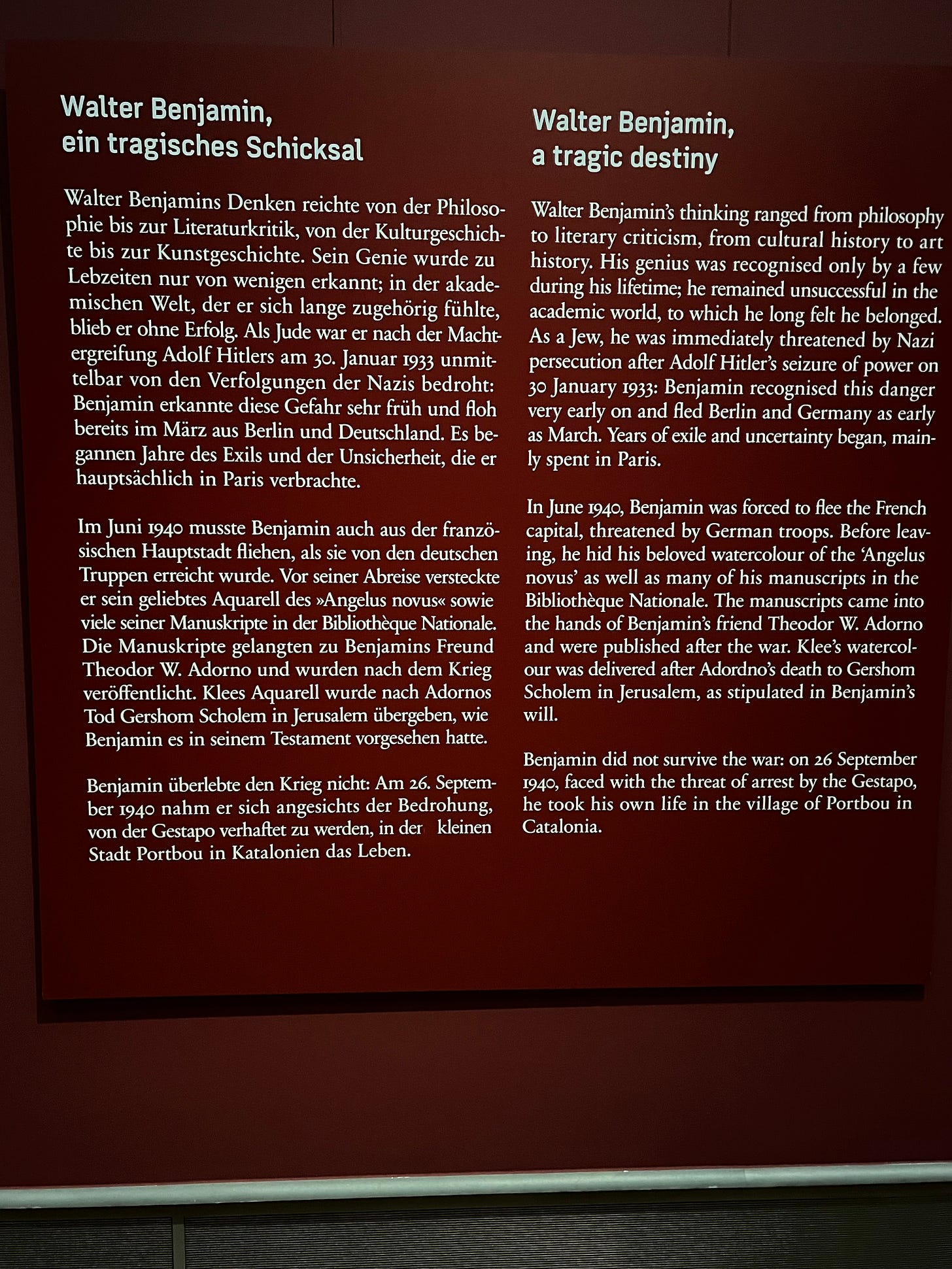

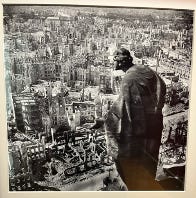
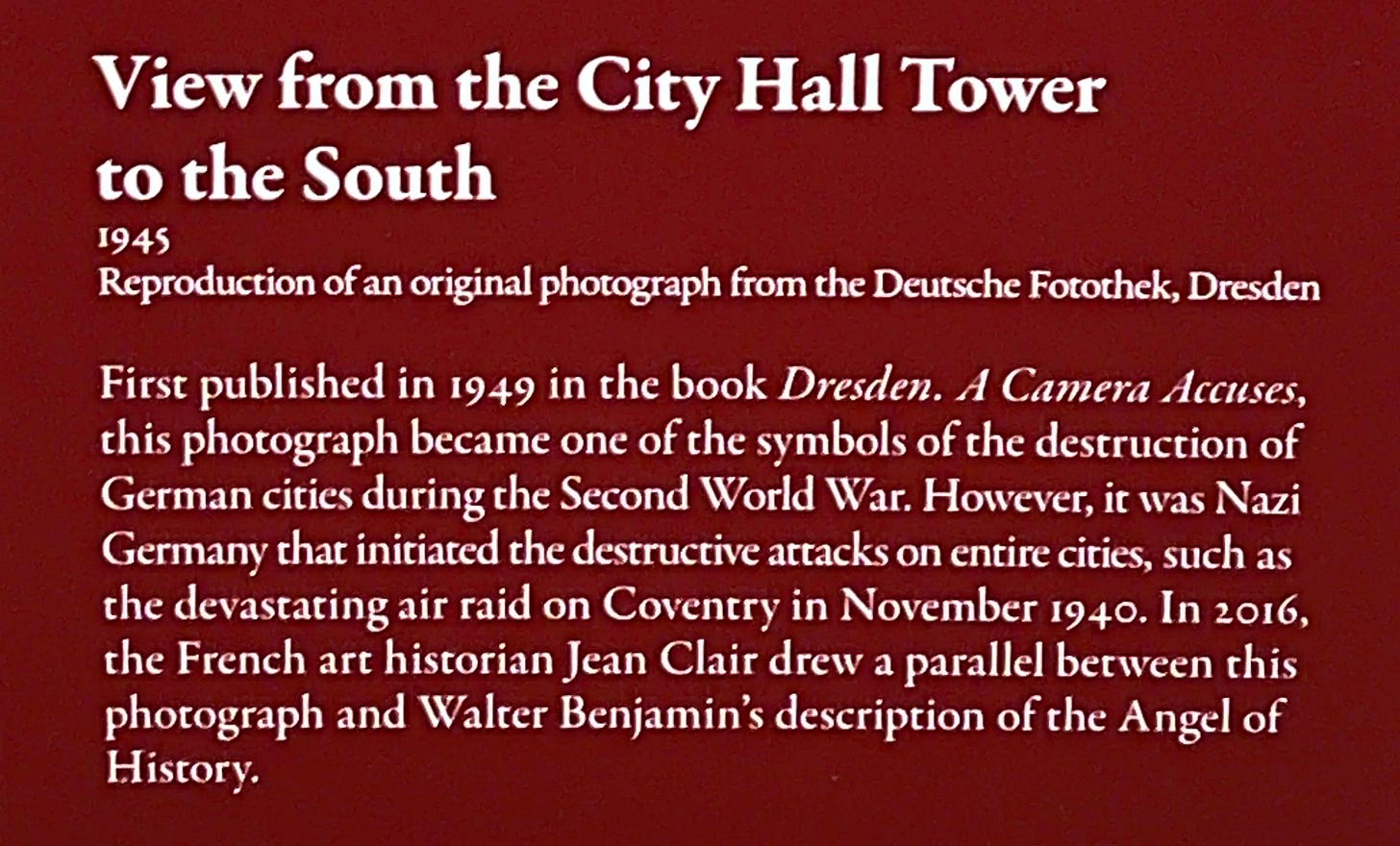

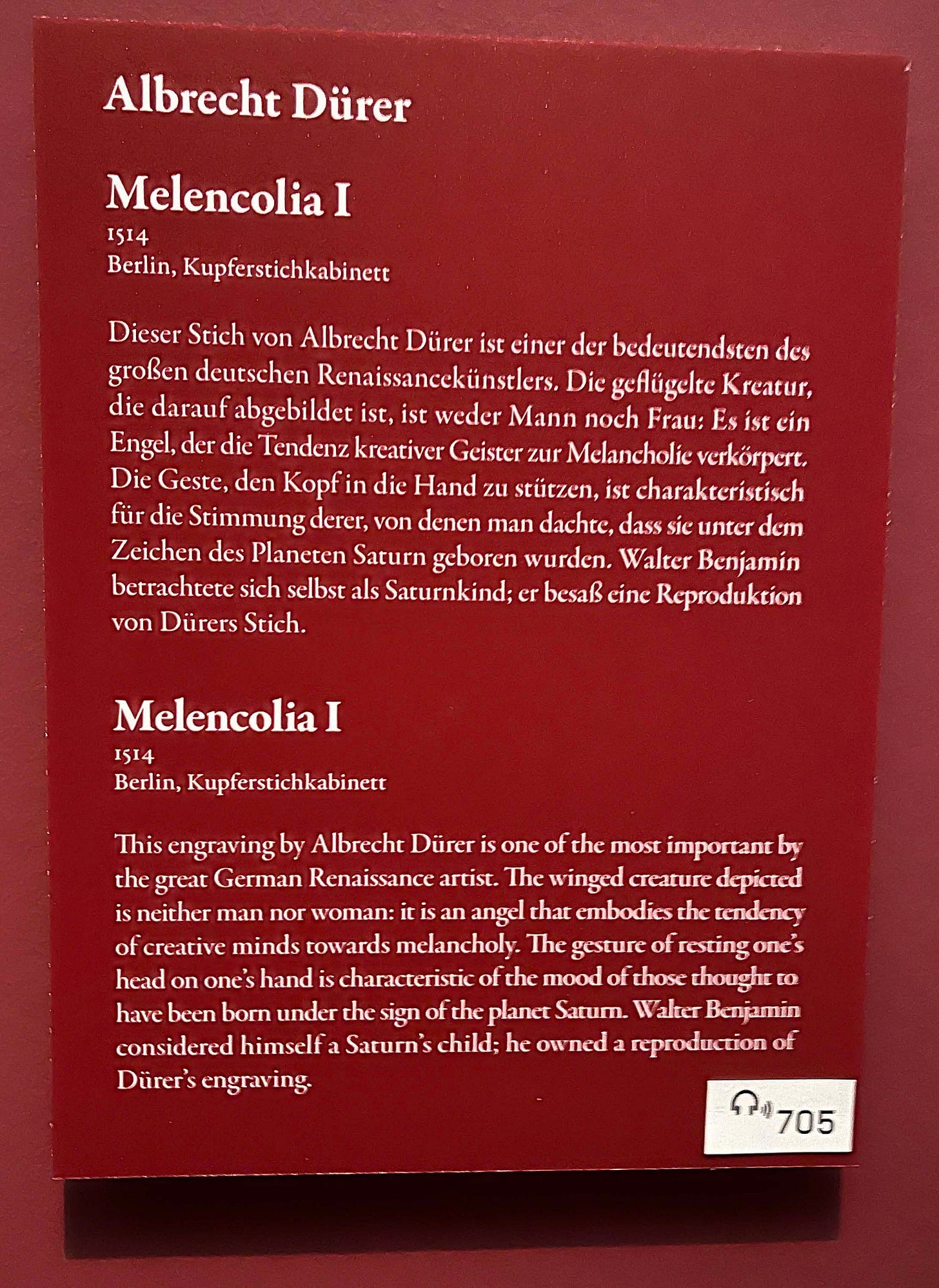

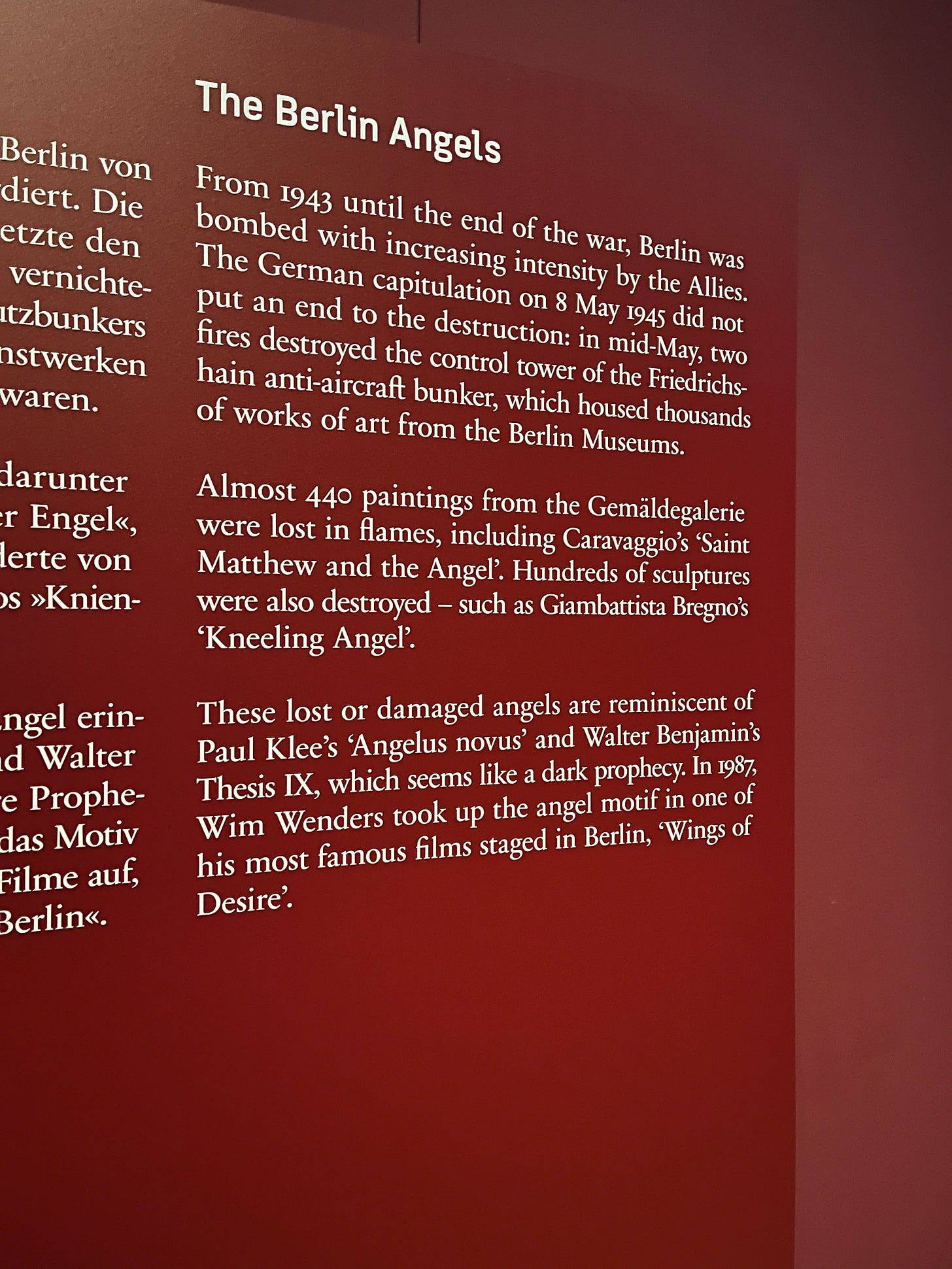

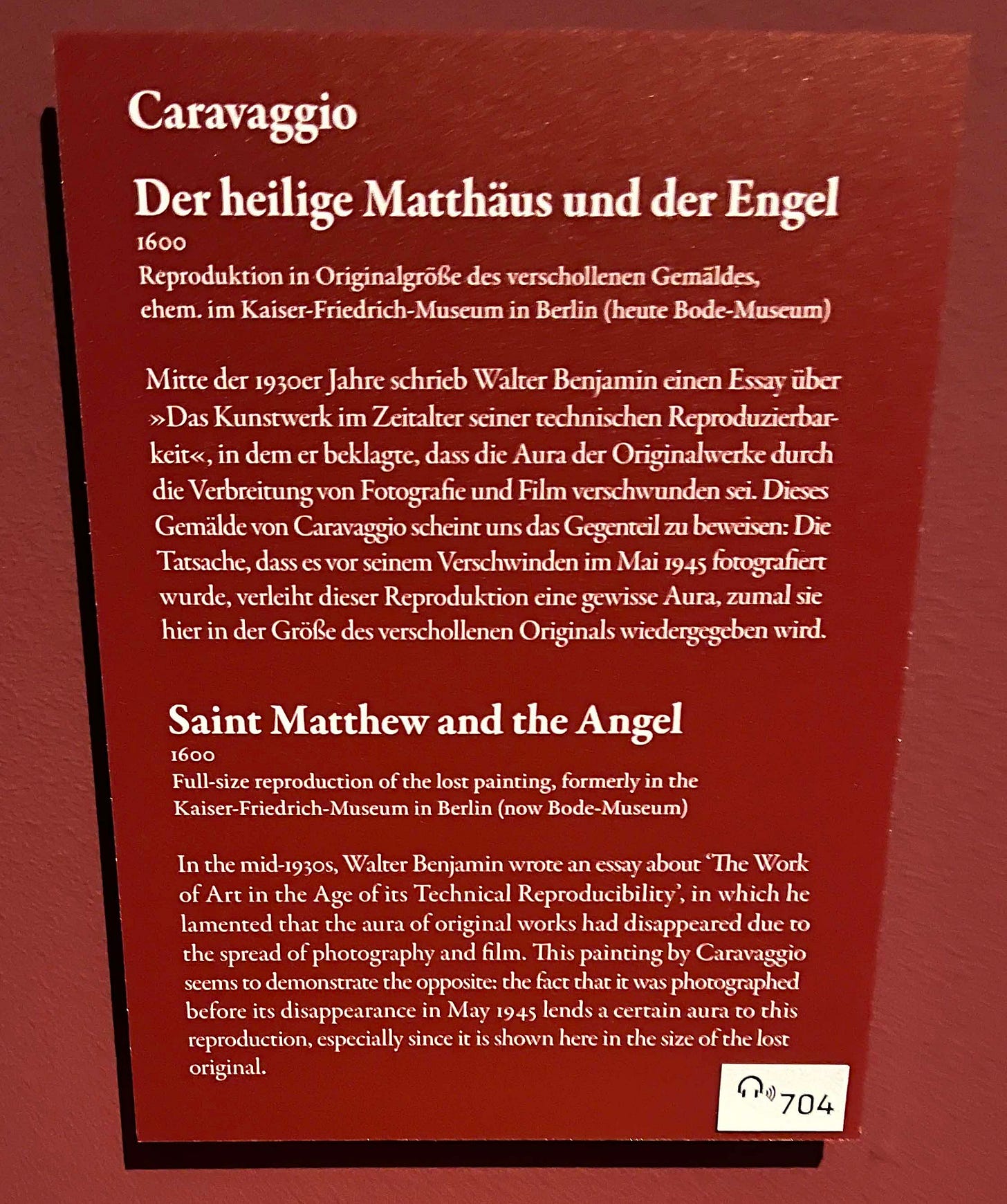
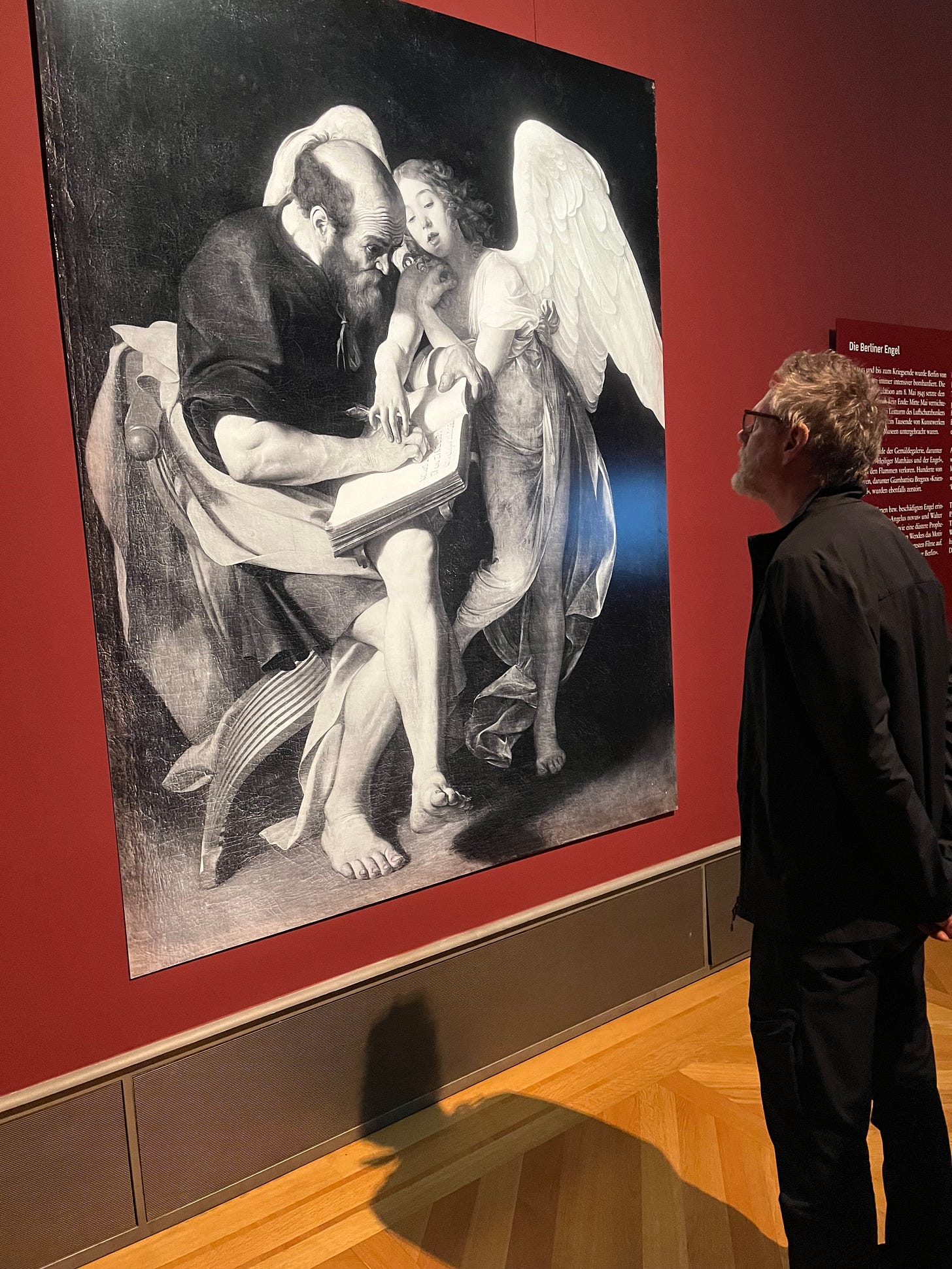
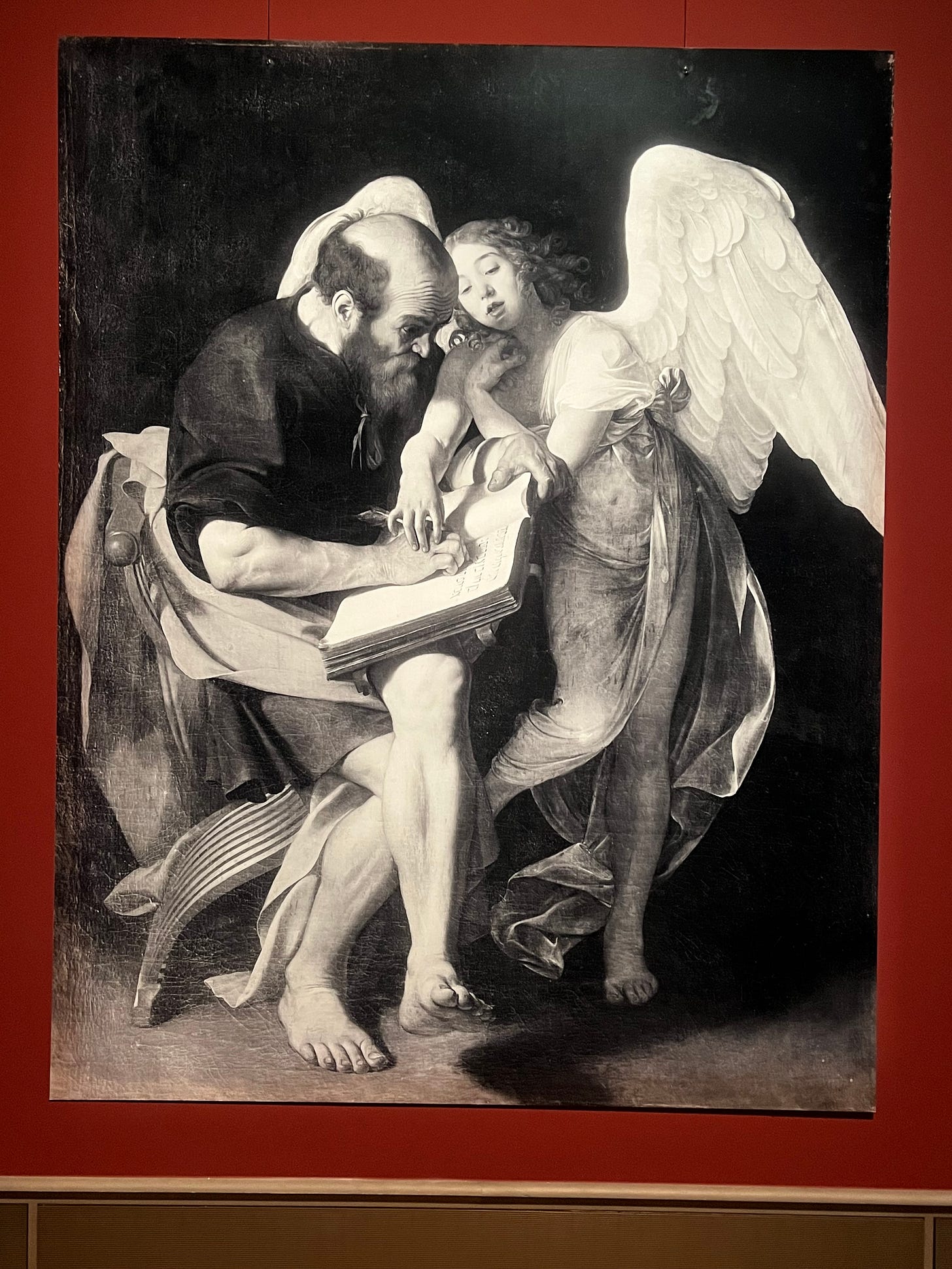

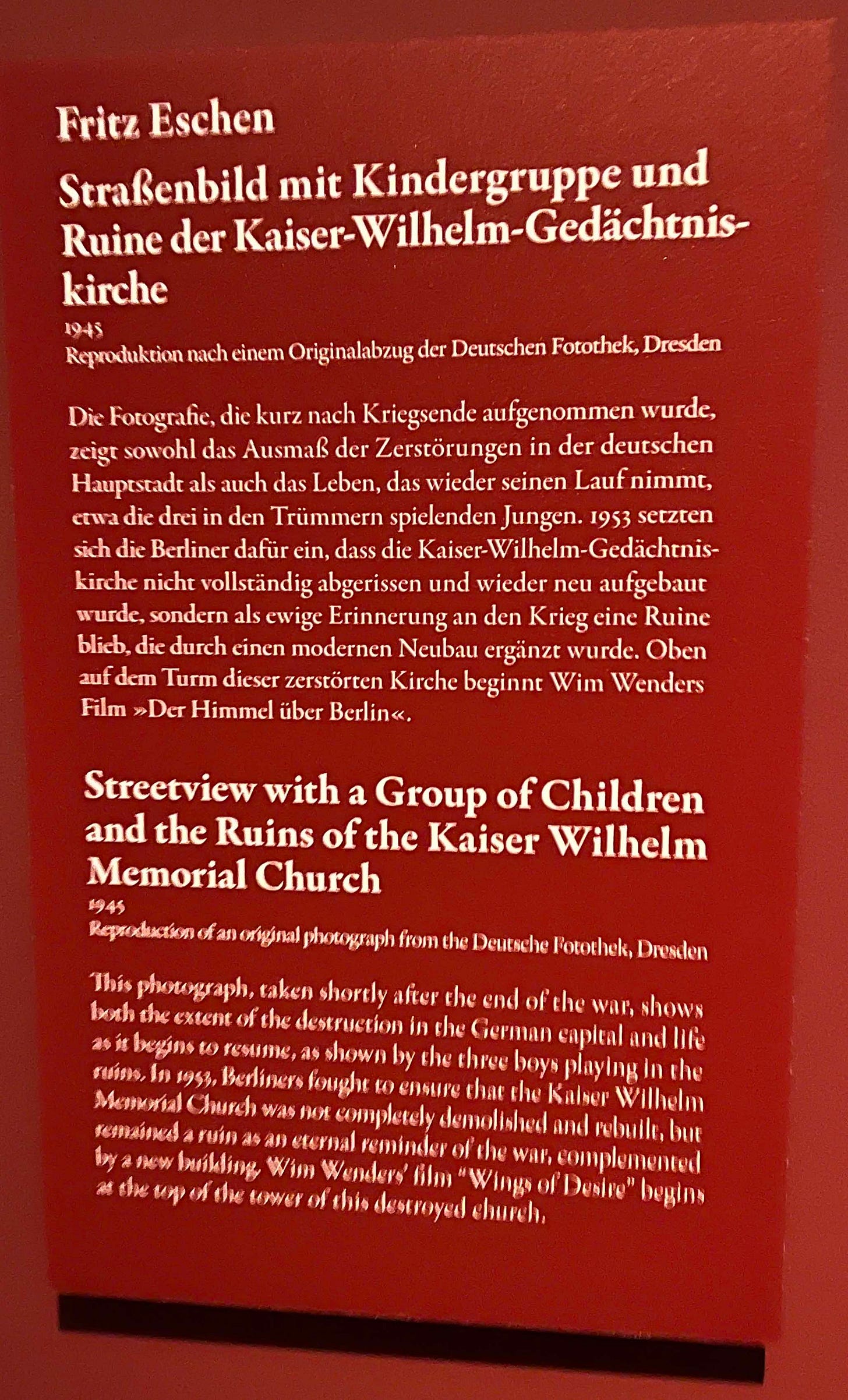


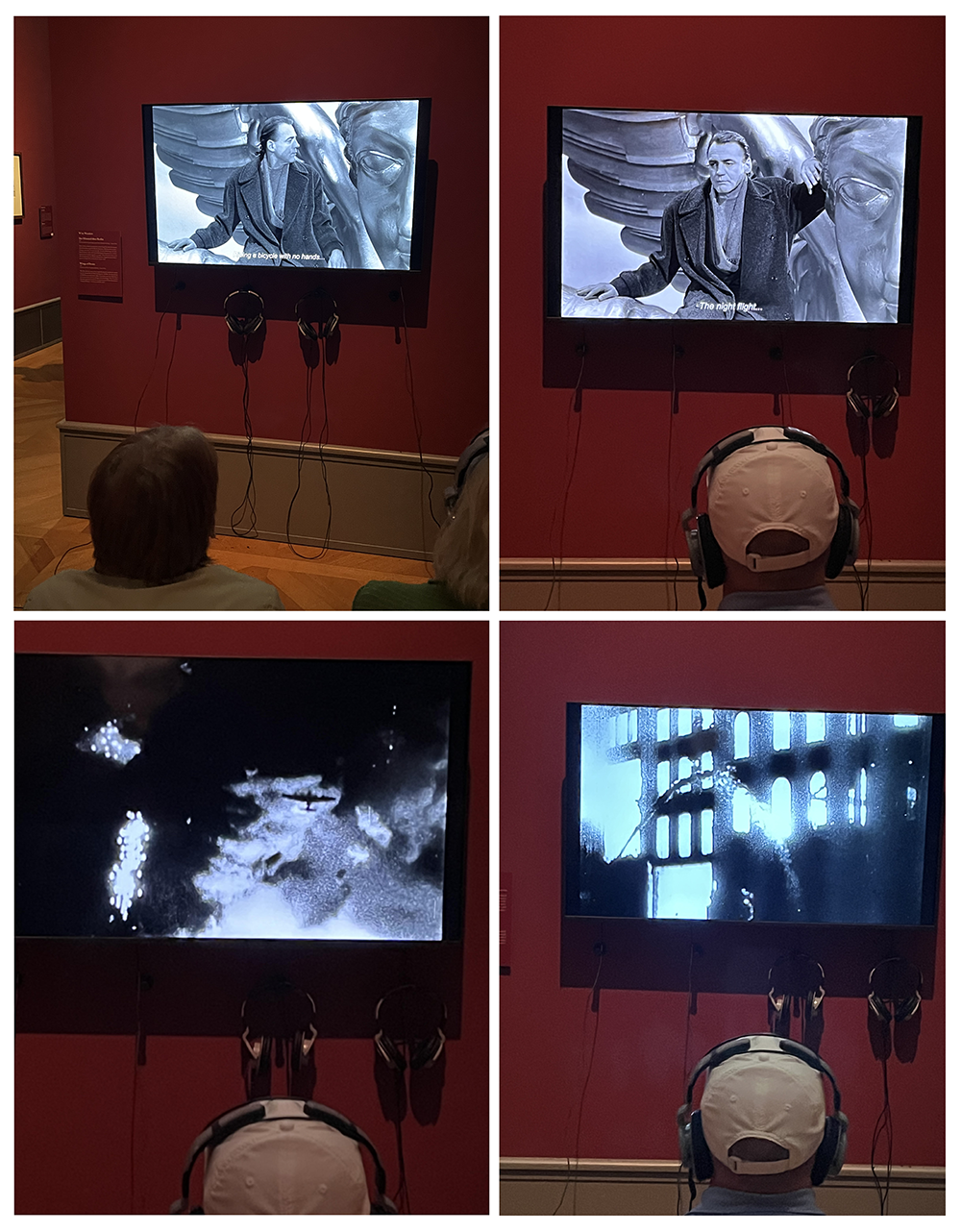


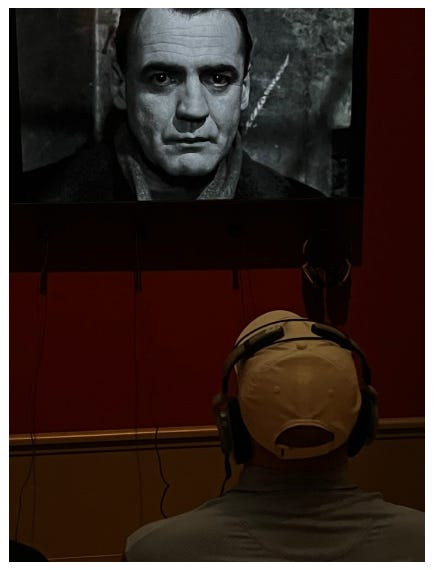
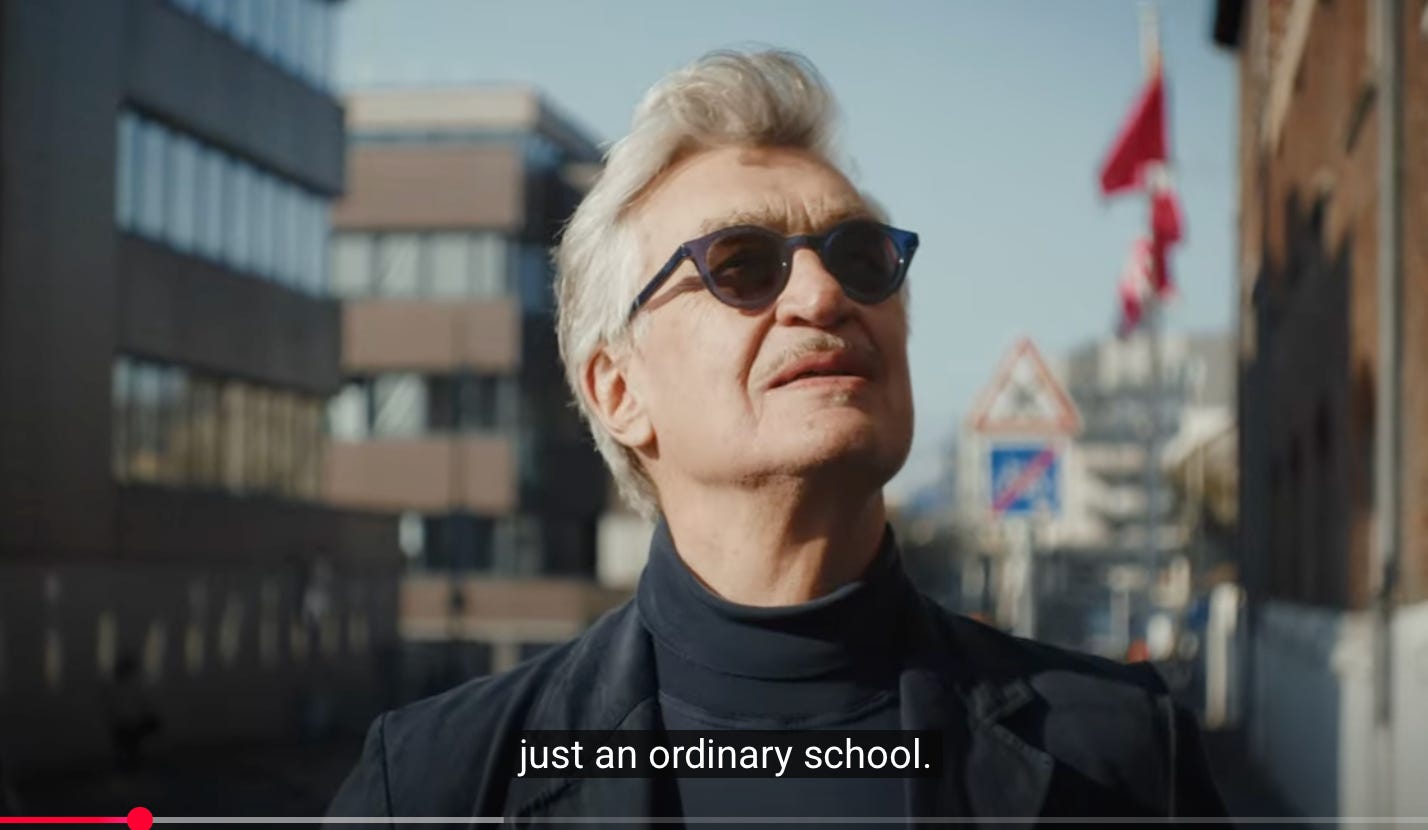



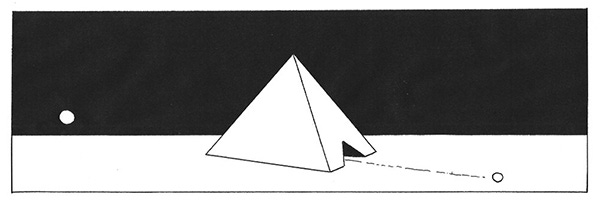
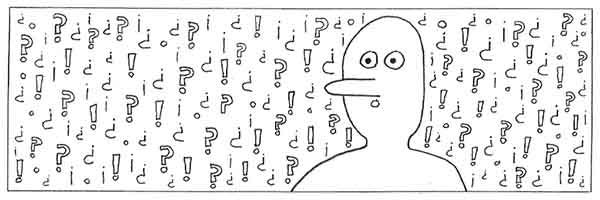
Thank you for sharing the experience in Berlin of the show of angels, Klee and Benjamin. Seems like a moving show.